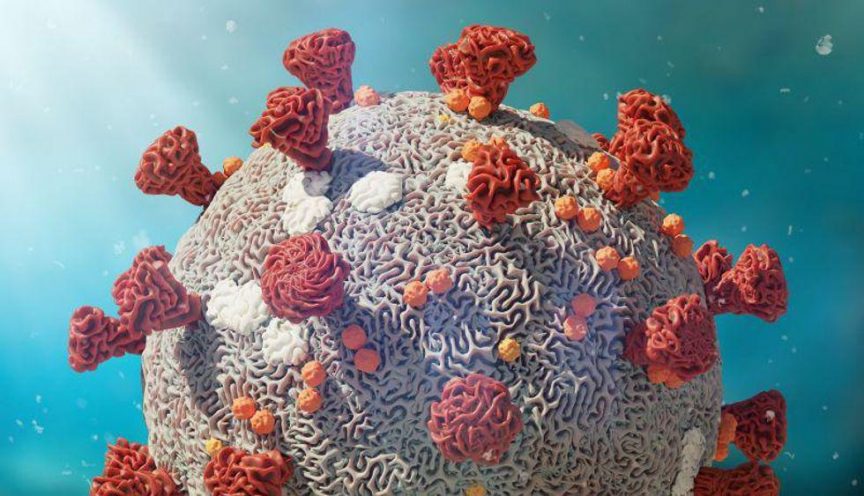Preliminary data on the variant suggest it does not trigger more severe illness than previous variants
By Physician’s Briefing Staff HealthDay Reporter
TUESDAY, Nov. 28, 2023 (HealthDay News) — The U.S. Centers for Disease Control and Prevention is warning of a highly mutated COVID-19 variant, the prevalence of which has tripled in the past two weeks. Now, nearly one in 10 new COVID-19 cases are fueled by the BA.2.86 variant.
The variant is spreading the fastest in the Northeast: Just over 13 percent of cases in the New York and New Jersey region have been attributed to BA.2.86. Scientists first warned of the highly mutated variant back in August, but it has since spread in several regions of the United States.
Until now, the vast majority of new COVID-19 cases have been blamed on the XBB variant and several of its descendants, including the HV.1 and EG.5 variants. But that may change. The CDC estimates carry wide margins of error around the prevalence of BA.2.86, but the latest estimate is triple what it was on Nov. 11, the data showed.
So far, preliminary data on the variant suggest it does not trigger more severe illness than previous variants, the World Health Organization said in a recent risk evaluation, but the international agency still noted a recent and “substantial rise” in BA.2.86 cases.
The CDC also noted that the BA.2.86 variant poses a “low” public health risk. But the agency data released Monday did show that emergency department visits linked to COVID-19 have begun to climb nationwide.
One particular descendant of BA.2.86 might be driving the increase, experts say. In recent weeks, scientists have been studying a steep increase in a BA.2.86 descendant called JN.1, which has become the fastest-growing subvariant worldwide.
Copyright © 2023 HealthDay. All rights reserved.

